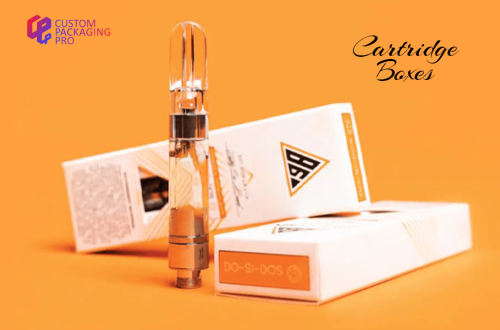Sleeve boxes have gained popularity as the most popular packaging option, being incredibly simple, functional, and available in customizable options to practically any product. Technology is playing a key role in how the design, production, and perception of the sleeve boxes change as the user experience becomes a critical aspect determining the choices of the consumers.
Technologies have invented printed material, customized material, and intelligent packaging, which are changing packaging standards and assisting brands in creating stronger bonds with customers. This paper will discuss how technology will improve every feature of sleeve box packaging, including its production and personalization, and why it is essential to businesses that aim to feel unique in the competitive retail environment.
Design Tool Precision
Contemporary packaging software begins with software. The improved capabilities in creating 3D models enable the business to view customizations of sleeve boxes wholesale before the actual manufacture. The platforms allow proper fitting, rapid revisions, and testing before going into full production, and the error level is cut down by a thousand times. Another excellent benefit of easy digital prototyping is the capability of the designers to experiment with not just materials but also finishes, as well as the structural facets of a particular design- this is an added advantage of enhanced ideas without even having to take steps back in terms of cost and efficiency.
Advanced Printing Systems
The trend of presenting custom-printed sleeve boxes by the brands made a revolution with the use of the digital printing process. They can provide distinct visual stories to brands with high-resolution imagery, clear typography, and frequent use of bright colors. Seasonal graphics or limited editions are no problem in short-run digital, as is ensuring that the sleeve box graphics are in line with changing brand strategies. Variable data printing also enables mass customization, which increases customer interaction.
Intelligent Packaging Incorporation
Smart packaging is one of the largest technological contributions. Companies have even gone to the extent of putting QRs or NFC chips on special sleeve packaging. These interactive materials open up digital solutions in the product in terms of tutorials and motivation of loyalty motivation by merely scanning the box. It makes a connection between tangible packaging and the digital environment to add more value to consumers and increase brand transparency and trust.
Technology Sustainability
Green packaging is the new normal. Technology can be used to make sustainable kraft sleeve boxes, optimize the surface area, and minimize wastage. This can be done through the introduction of biodegradable sleeves. Machine learning and AI can use packaging life cycles, analyze them, and propose improvements. Moreover, the digital workflow decreases tangible prototyping, which helps in low low-carbon footprint experience in the packaging system.
Scale Personalization
Consumer desire for individualization exists today, and technology gives it. Custom-printed sleeves printed with a digital press and designed with data allow the business to have a custom package printed in segments based on demographics or campaigns. Brands are canning features, whether names, colors, or art, without altering the structural design. This contributes to the creation of a special and purposeful feeling to every unboxing, which leads to the enhancement of user satisfaction.
Innovations Cost Efficiency
Automation and on-demand production have seen innovations that have lowered the wholesale cost of the sleeve boxes. Brands will never have to hoard containers. Rather, they manufacture boxes only when necessary, which saves overhead and inventory scrappage. The print-on-demand has also democratized small-batch production as it is easier to fill orders under small-batch production on the level of small and medium-sized businesses.
Better Structural Stability
Technology has also affected the engineering of cardboard boxes packaging. The cardboard sleeve packaging is tested using new procedures that make it resistant to environmental factors at different stress levels, which is perfect in terms of shipping and handling. Design optimization, with tooling such as CAD, provides a lower amount of material used and increased strength, which can achieve both durability and sustainability objectives.
Packaging with UX in Mind
Entry is limited only to websites; UX covers all the aspects of packaging. Feedback aided by technology, which may be in the form of online reviews or built-in user surveys through smart codes, enables brands to look into the minds of consumers regarding custom sleeve boxes. This in-real-time feedback should help inform changes in design, functionality, type, and message so that the packaging is consumer-friendly.
Conclusion
Sleeve boxes have adopted a much higher dimension than being mere wrappers. Courtesy of technology, they can be interactive, green, customizable, and extremely functional components of brand storytelling. Technology is transforming the packaging business of sleeves boxes, with design software and intelligent labelling, through eco-homogeneous advances, and custom printing, among other things, that make the customer experience better.
Consumers are becoming increasingly choosy, so companies have to rely on these technological products to produce a package that can be remembered, efficient, and attractive. Grander design and user-centric technology served as the foundation of an innovative approach to sleeve packaging; the ingredient is quickly becoming the new standard in terms of creating higher brand experiences than ever before.





